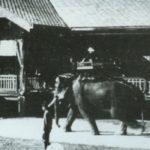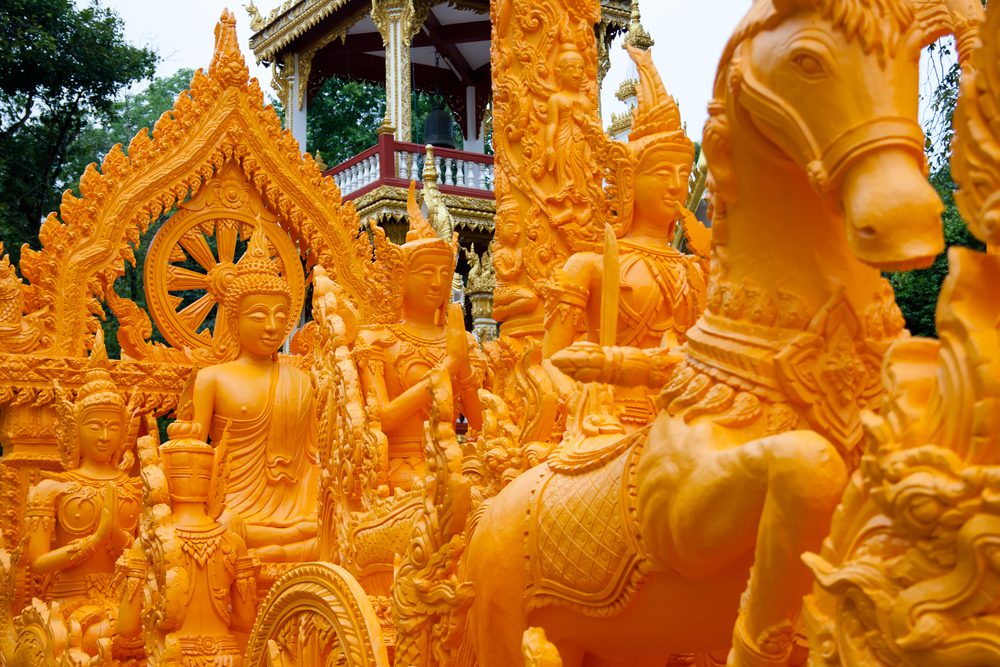
Each year from mid-July to the end of the month, the biggest candle festival throughout all of Thailand takes place. The Ubon Ratchathani Candle Festival is a time for the Buddhist community to come together and through candle competitions, displays and monuments they proceed to celebrate and observe their Buddhist traditions.
Though it began many decades ago as a sort of presentation to the local monks providing them with the basic essentials such as small candles, it has now become a yearly festival where candles as big as 20 meters long can be seen and observed. Local artists have been known to spend days and weeks sculpting perfect patterns that often depict traditional stories from times of the Ramayana and King Rama V.
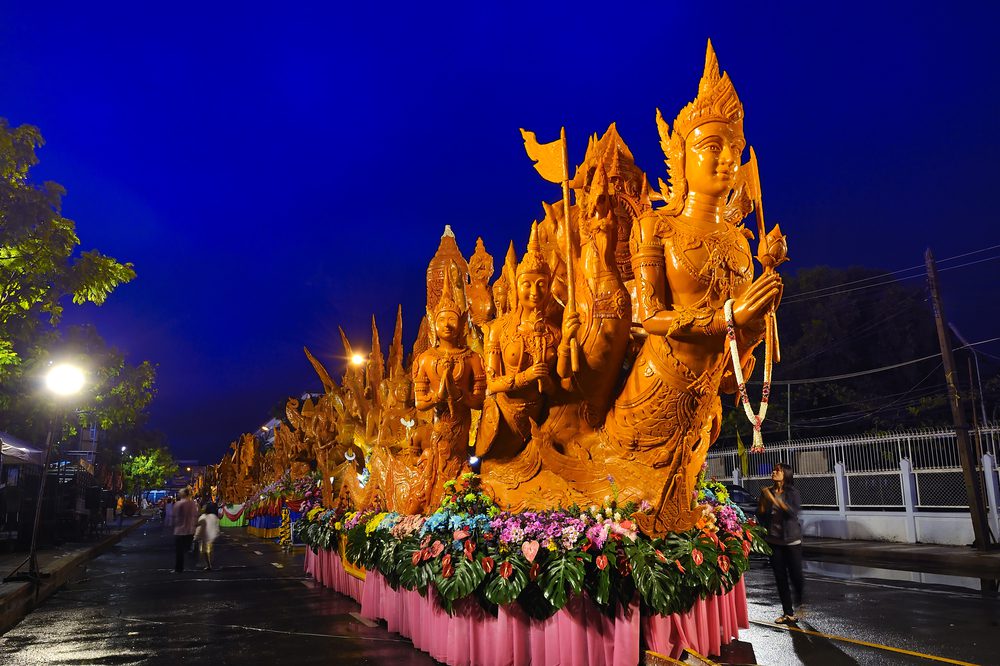
Though lasting typically from July 15-31, one of the biggest events takes place on Khao Phansa Day, which is called The Candle Procession. During this time, the King himself sends the Royal Candle alongside other lavishly carved beeswax candles that are made by the local people.
The candle competition that is held features two different categories that are both based on method of decoration, meaning whether the beeswax is carved on the surface or is attached. People not just from the region but also from all over Thailand are invited to participate in the competition and display their hard work and dedication that was put into each and every detail of their candles.
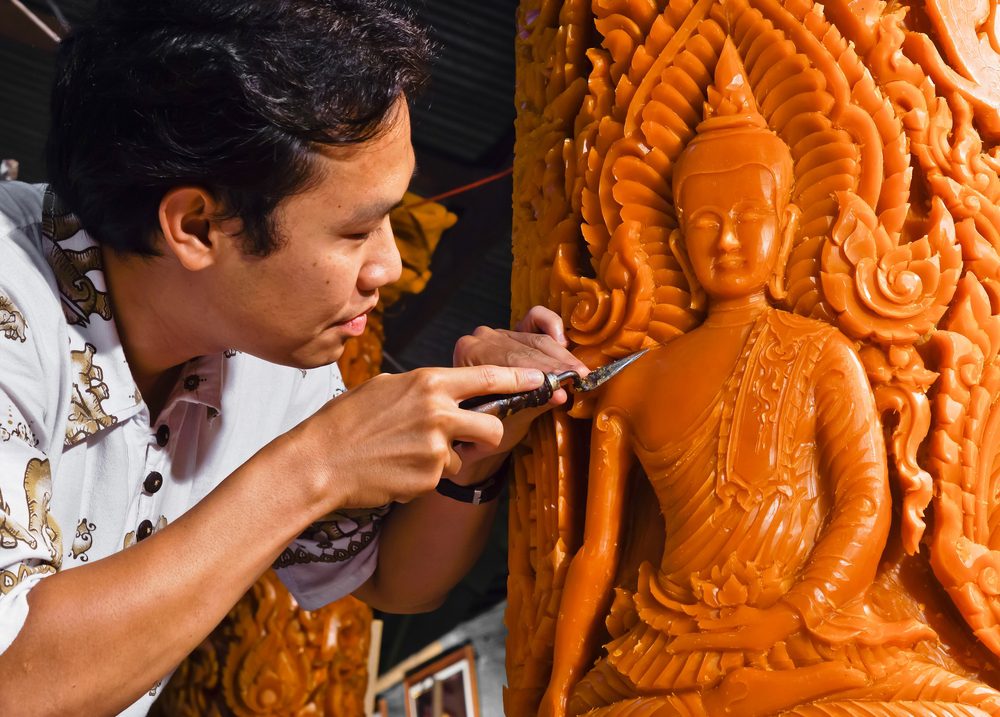
As with any other Thai festival held throughout the year, the Ubon Ratchathani Candle Festival is not only a time of competition and display but also a time where families, friends and strangers can come together and celebrate through feasts and games. Little kids can be found running and playing throughout the streets, plenty of delicious Thai cuisine to be had and of course a sense of true Thai spirit seems to exude the entire place.
Along with plenty of candles to be admired, there is also a light and sound presentation that takes place, numerous cultural shows and also several displays of handicrafts and sculptures all made by local artisans.
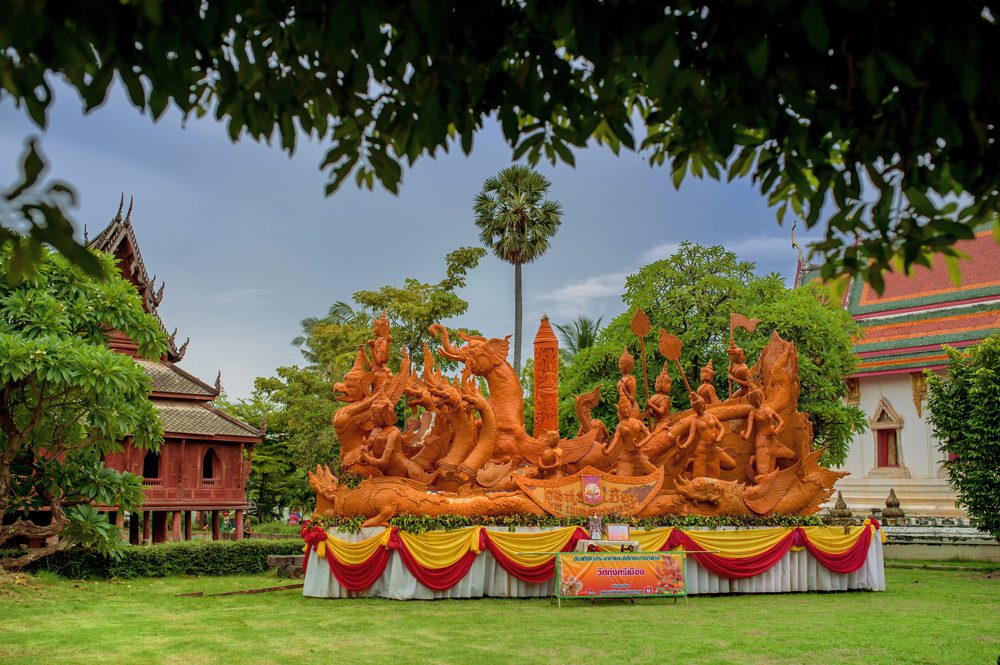
Though the entire two weeks that the festival is held can be exciting and full of plenty to see and do, the most popular time to observe the ceremonies is on July 30-31, which in fact is when the actual main ceremony takes place. Being able to witness such religious and communal dedication within one place is certainly an experience that is sure to be full of memories and times to look back on for years to come.




